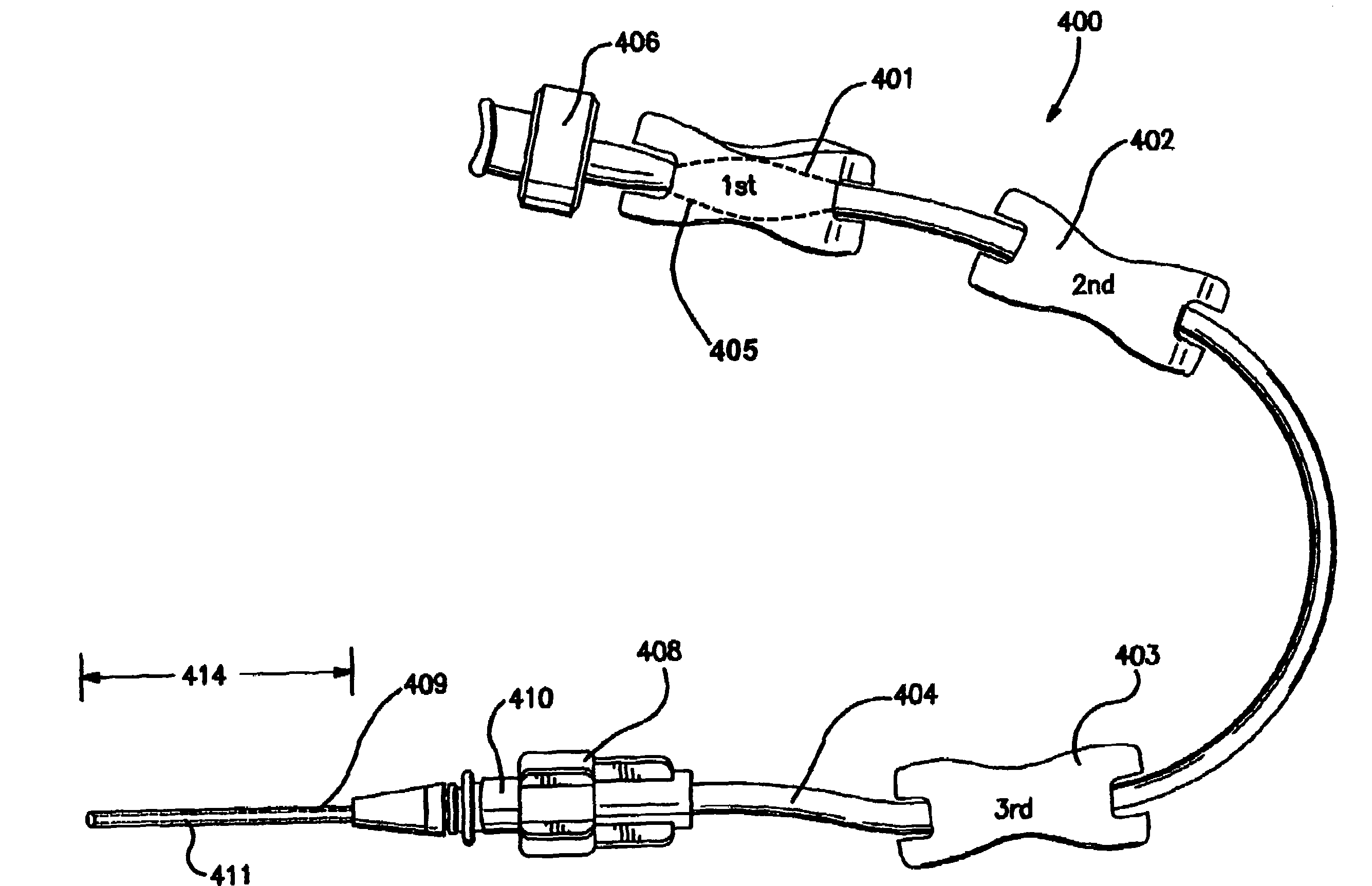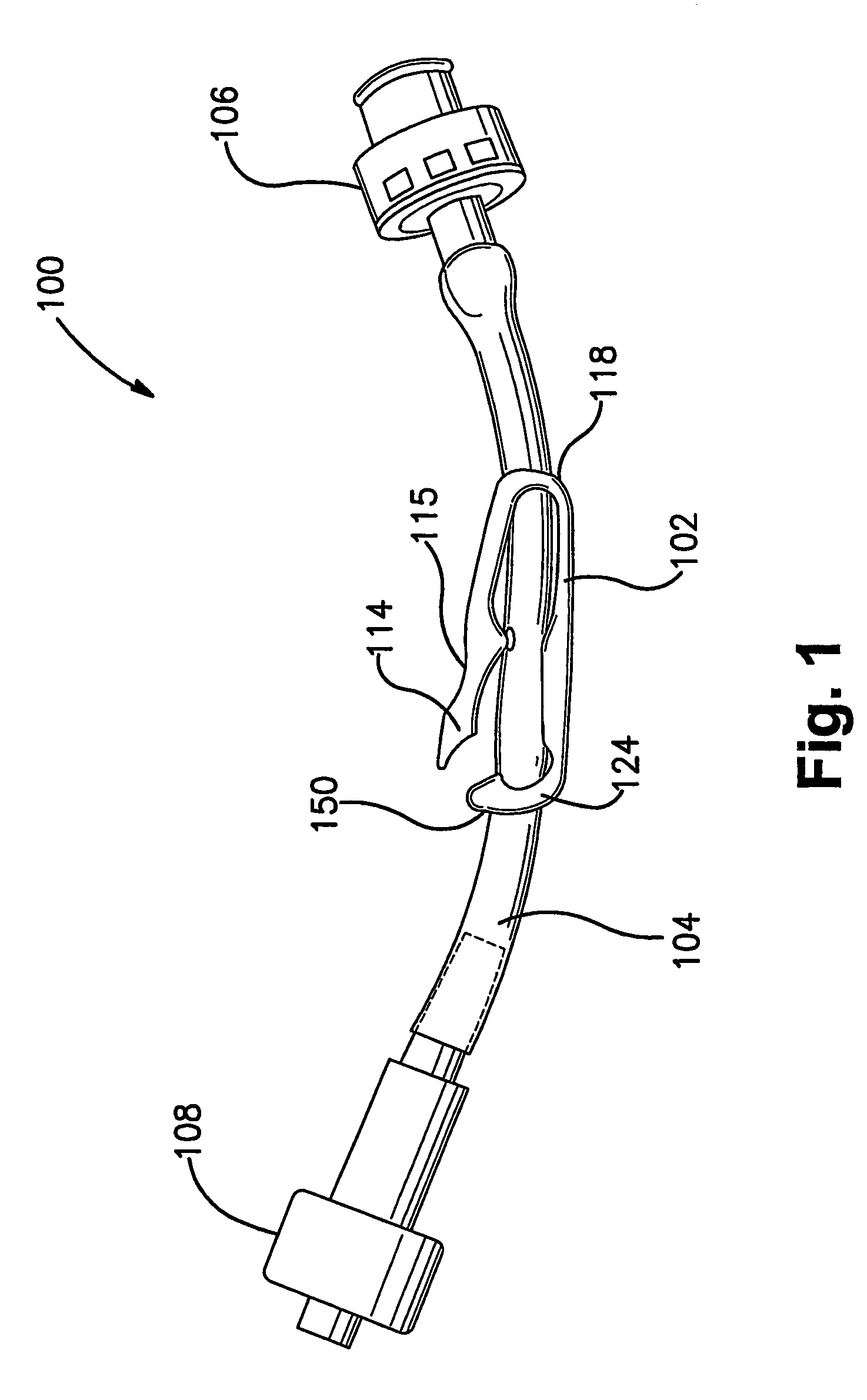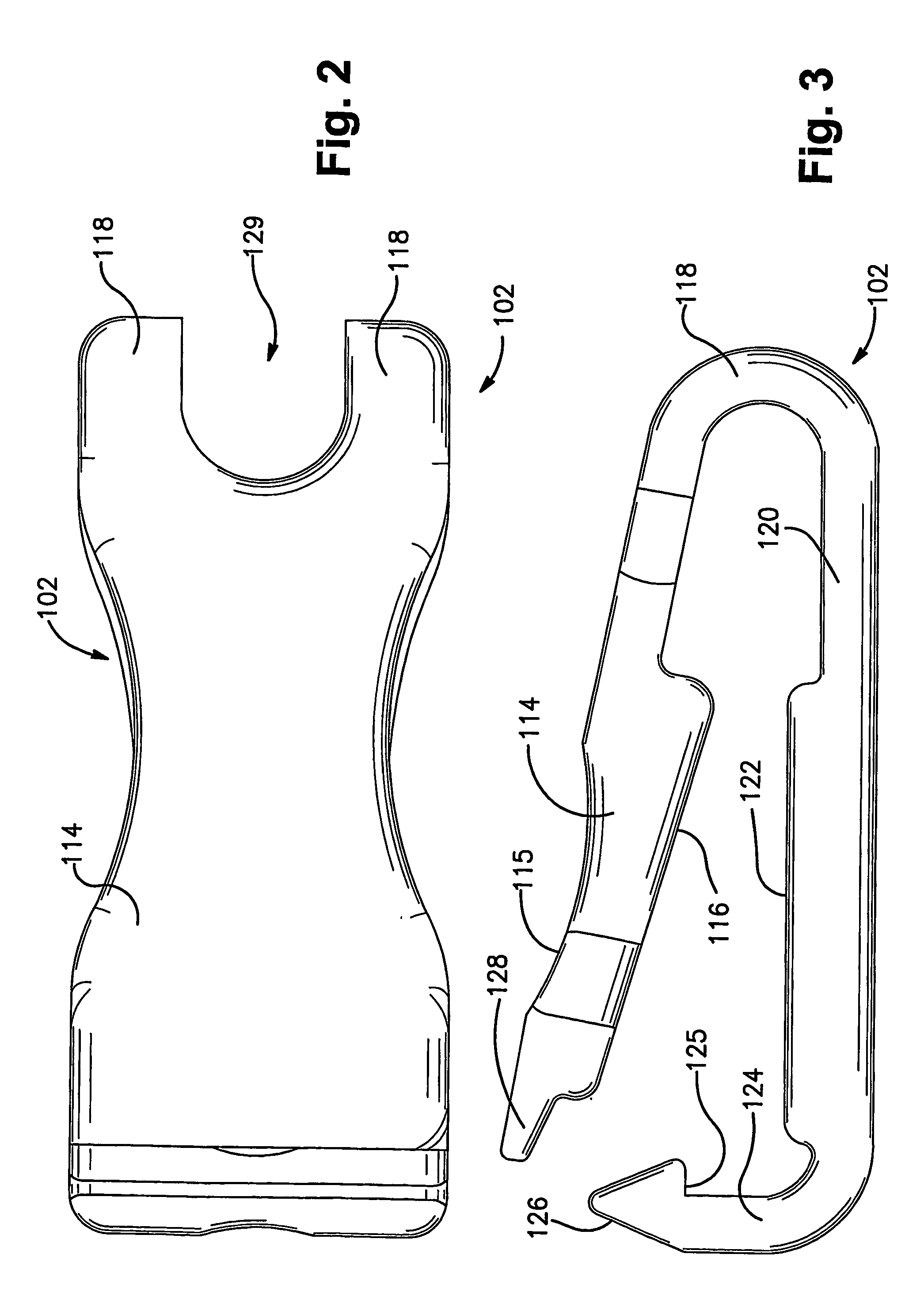The fluid lock
system generally has a relatively fixed volume and limited elasticity so that variations in pressure within the flowing blood cannot cause substantial net or
reciprocating flow of fluid between the locked system and the
blood vessel.
However, despite its simplicity the lock procedure remains associated with considerable expense and substantial work for the nurses administrating and maintaining fluid lock systems.
In addition the lock procedure has, since its inception more than 15 years ago, been associated with an unacceptable
failure rate, which contributes generally to the expense of the procedure.
Other than leakage, the most important
modes of failures of a conventional lock system are either thrombotic, infectious, or a combination of both.
One of the factors precipitating failure is
reflux of blood into the tip of the catheter lumen associated with an inadvertent internal
volume reduction of the fluid lock.
As is standard with the lock procedure, these terminals generally automatically seal upon withdrawal of the cannula or luer after a flush maneuver, however, with many such systems, such withdrawal can result in removal of a small volume of fluid from the locked fluid column causing
reflux of blood into the catheter lumen to accommodate that
volume loss.
This process also induces migration of flush solution constituents from the lock, such as the
anticoagulant or
antimicrobial and this can contribute to failure.
However, some blood still slowly penetrates the lumen at the tip of these catheters.
Since, at the present time, most
drug vials have elastomeric septae intended for receiving a sharp needle, this aspiration procedure often requires a disposable adapter to prevent needle sticks, which adds to the general cost of the lock procedure.
A simple
saline flush also requires a sterile
syringe and with some systems, a sterile cannula connected with the
syringe, each further adding to the expense.
Because multi-
dose vials carry the risk of cross
contamination if not managed properly and because time dependent personnel costs are progressively rising in hospitals, an alternative, pre-filled disposable
saline flush syringes are being offered by corporations.
However the storage of sterile flush solution within individually packaged syringes is also expensive, and such devices can cost in excess of $0.50 for a single unit.
There are hundreds of millions of such procedures performed in the US each year so that, considering all related costs, the expense of maintaining locks in the US alone probably exceeds several hundreds of millions of dollars.
In addition to the expense, each time the lock system is reentered the
infection risk is increased to the patient because the outside instrument (such as a cannula, luer, or needle) can carry
bacteria and
yeast into the lock where they can proliferate and induce
bacteremia and / or fungemia which are associated with considerable expense and can be fatal).
The
catheter hub and internal lumen, have long posed an important
infection risk problem for patients at home or in hospitals and the
contamination risk is directly related to the number of entries into the system.
Considered collectively, throughout the United States, each year there are a vast number of such entries into lock systems for the purpose of flushing alone, for this reason, although the infectious risk of each flush maneuver is low, the number of patients who die each year due to a
contamination during a routine flush, although difficult to measure, is probably quite high.
In addition, although each event is again associated with a low occupational risk, the nurse remains potentially exposed to infectious material, and potentially infectious waste is generated, anytime a disposable device such as a cannula enters a tubing system connected to a patient's vascular system.
Central catheters are exposed to substantially greater pressure variations, and are often left in for many weeks, and
pose an
increased risk in the event of lock entry related
colonization.
However well formulated these new flush solutions are vulnerable to
dilution as a function of
facilitated diffusion within the lumen of the catheter adjacent the solution-blood interface.
This can cause a loss in
efficacy if locked dwell times are extended between flushes.
However as can readily be seen by understanding the “kit” disclosed in the aforementioned patent, despite short-term
efficacy, each of these newer locking procedures can require considerable effort and expense.
Many central catheters, especially multilumen catheters, have at least one lumen, which is idle for extended periods but which still requires frequent locking procedures unassociated with
medication infusion.
In these patients flushing may represent the only access related infectious risk to the interior of the lock over a large percentage of the catheter dwell time.
The present inventor recognized that one important fundamental problem with conventional locked systems is that; the actions taken toward achieving the goal of prevention of infection and those toward the goal of prevention of
thrombosis are potentially competitive.
 Login to View More
Login to View More  Login to View More
Login to View More 


